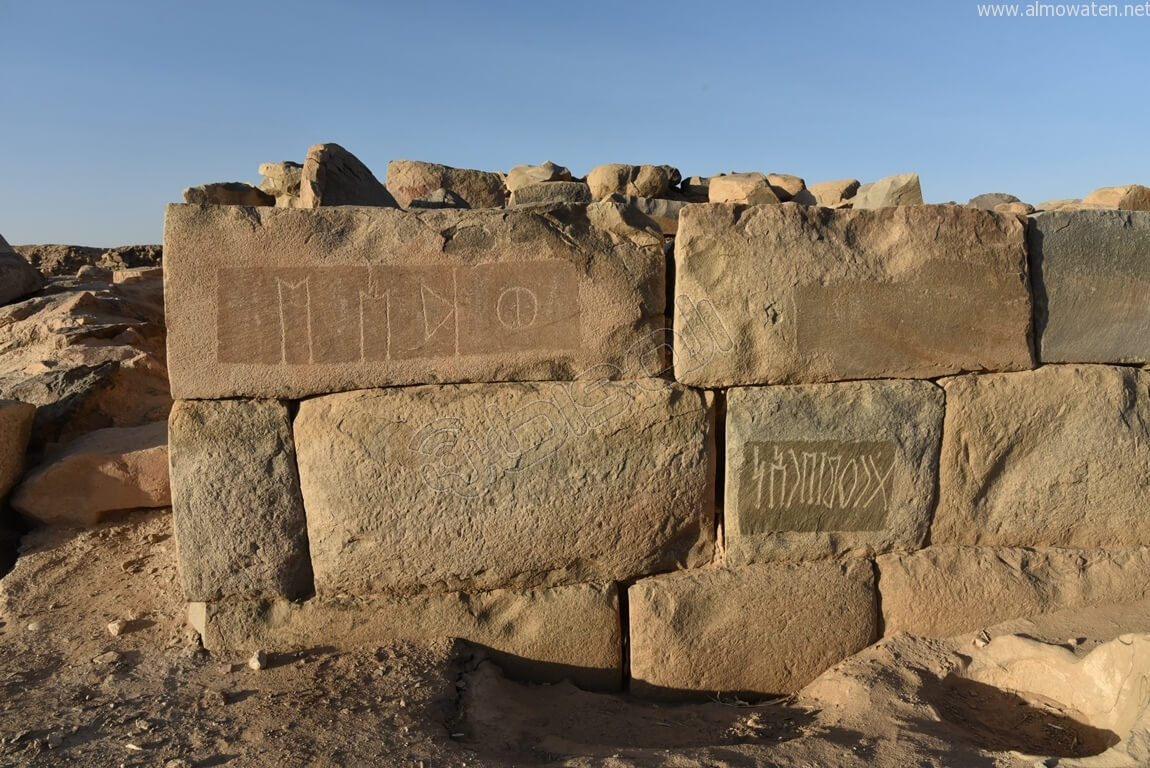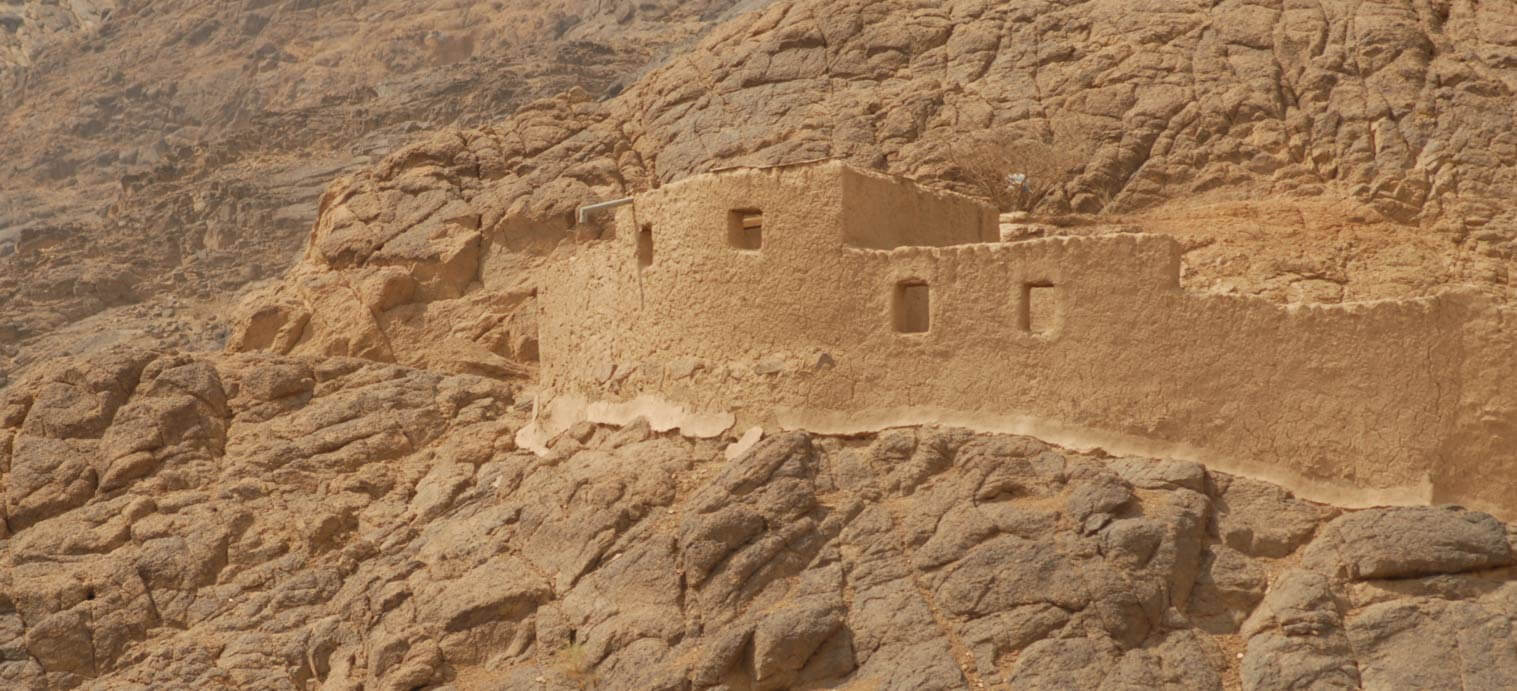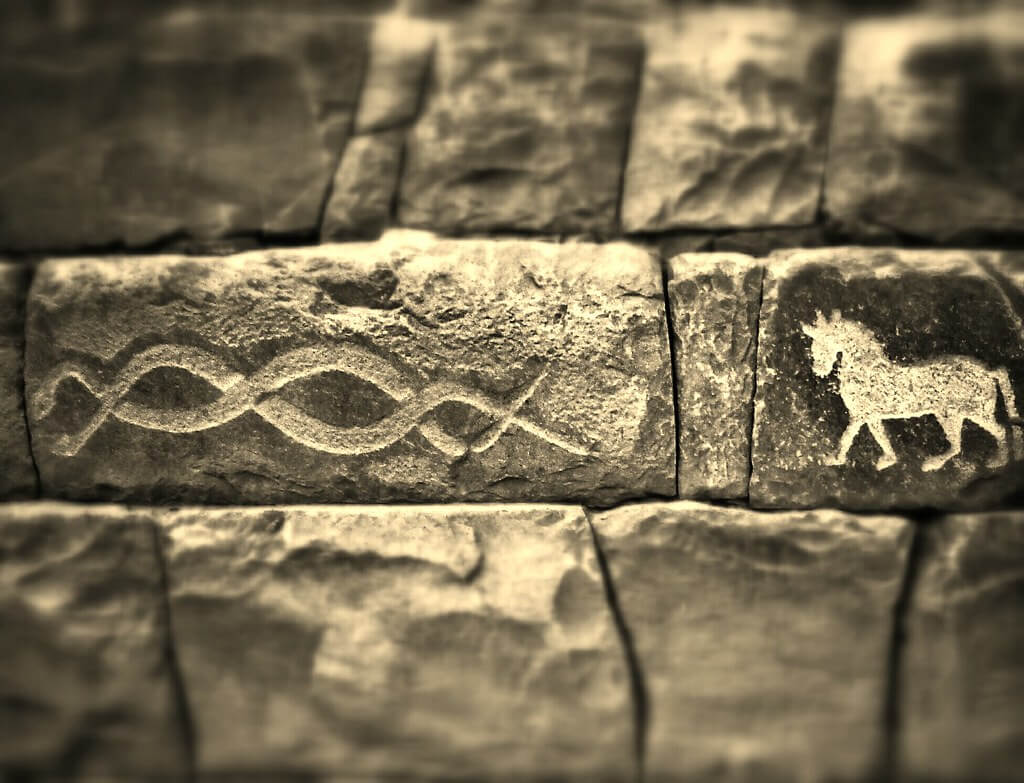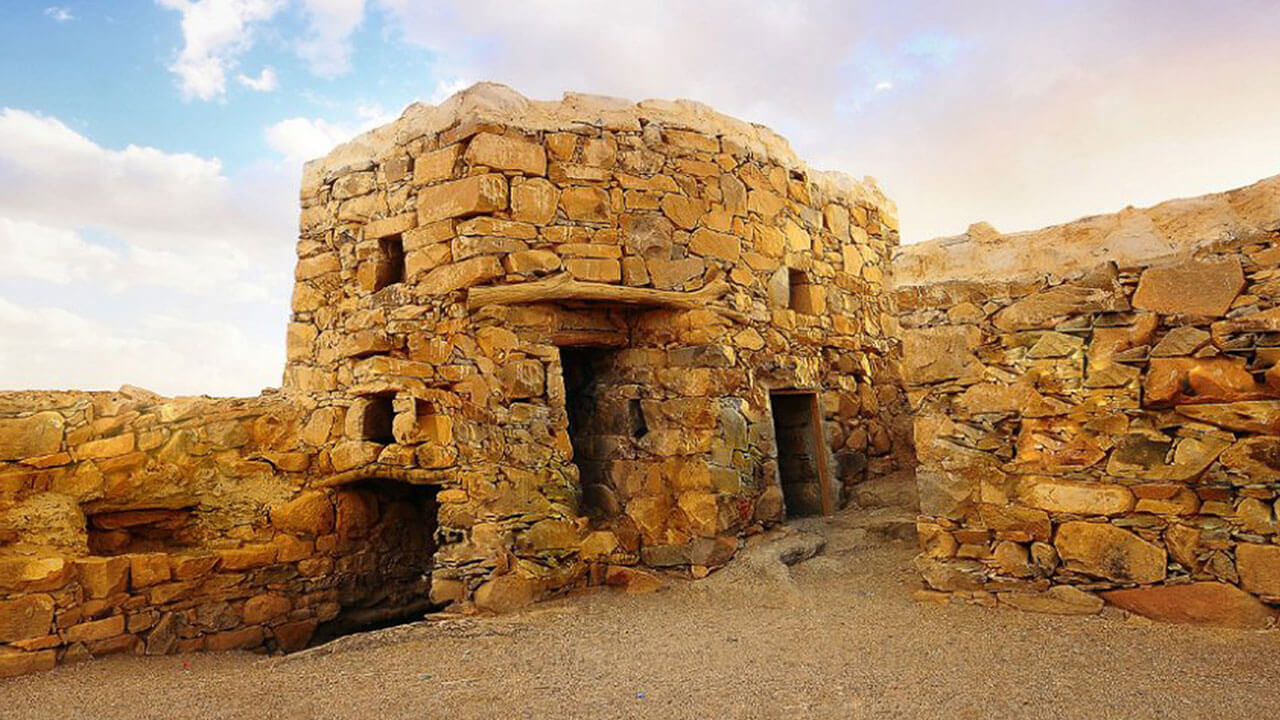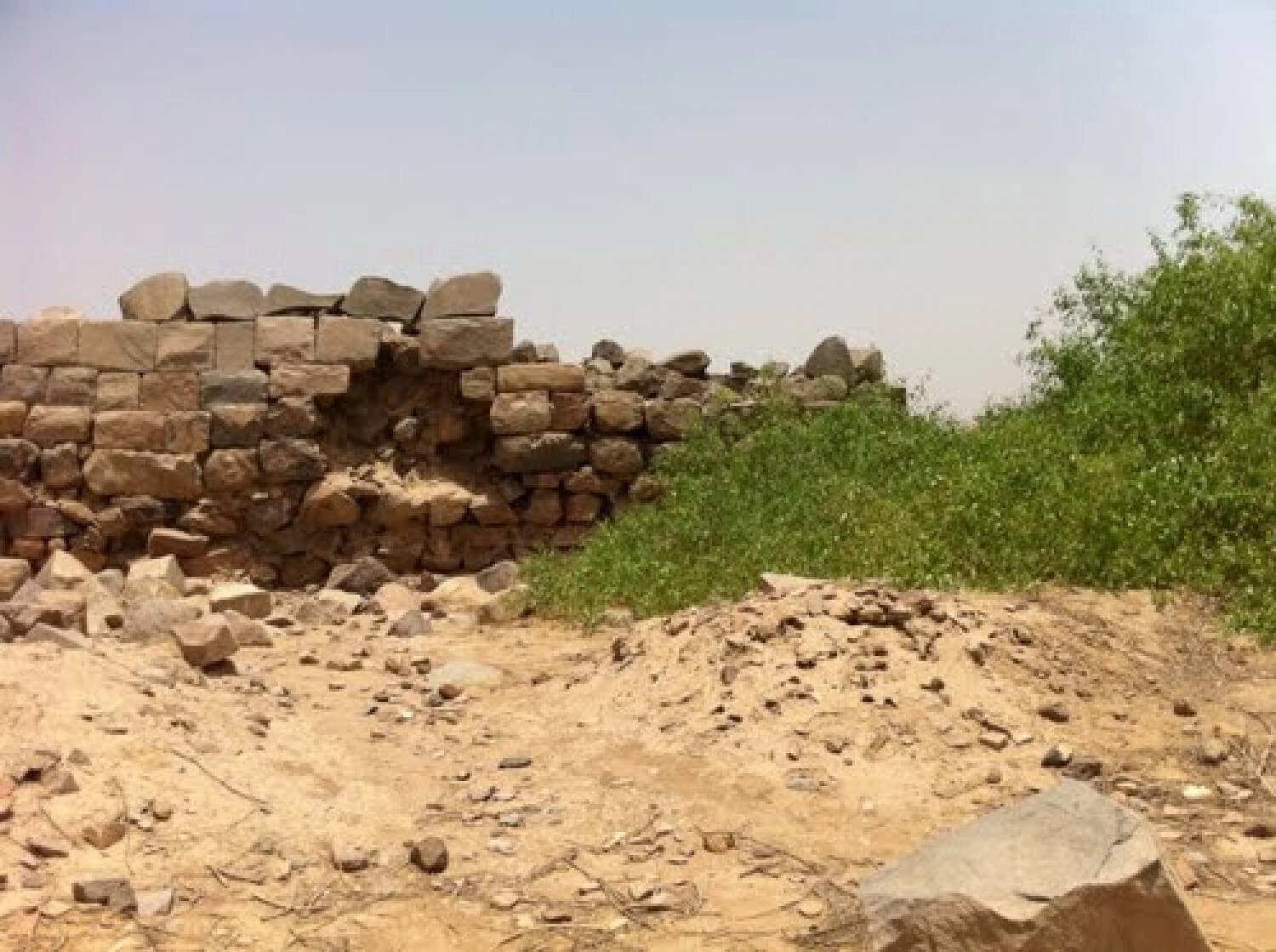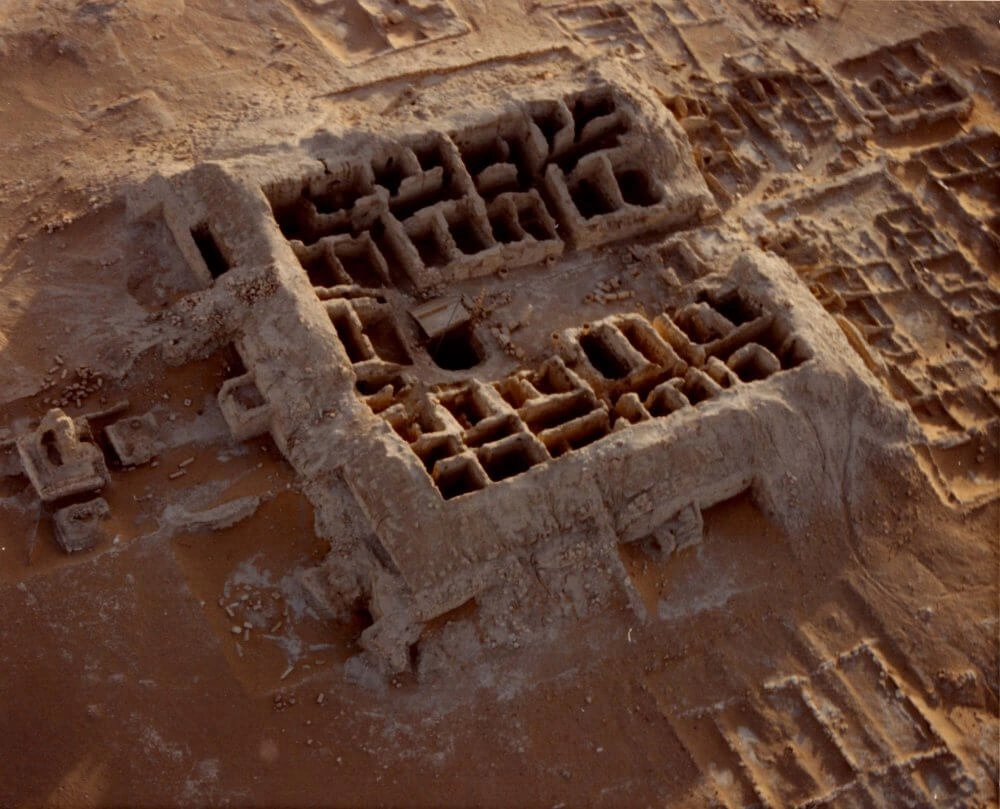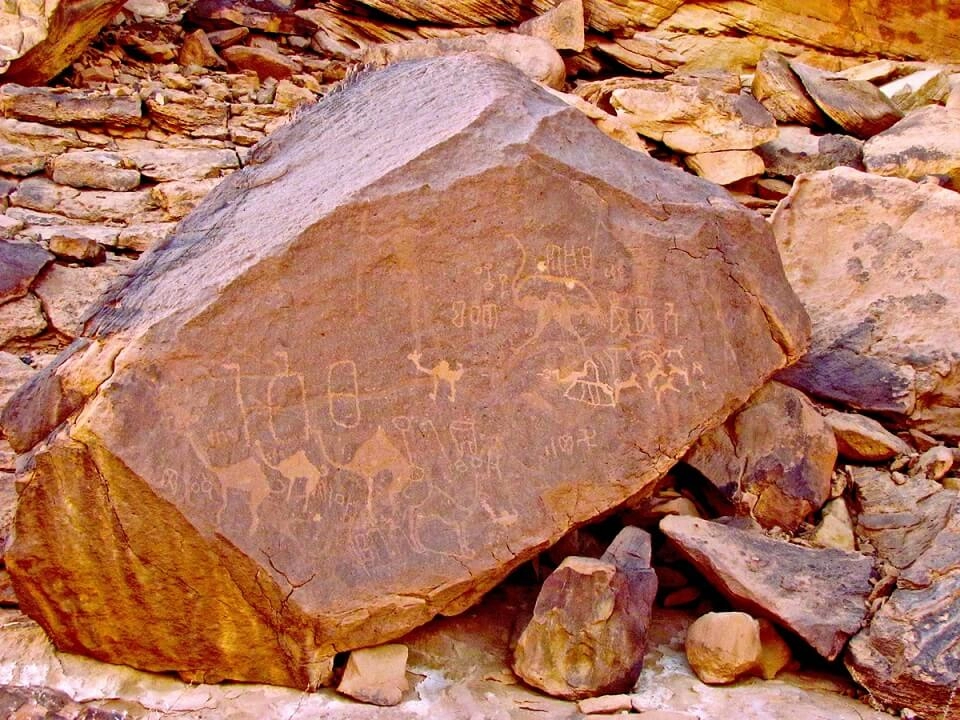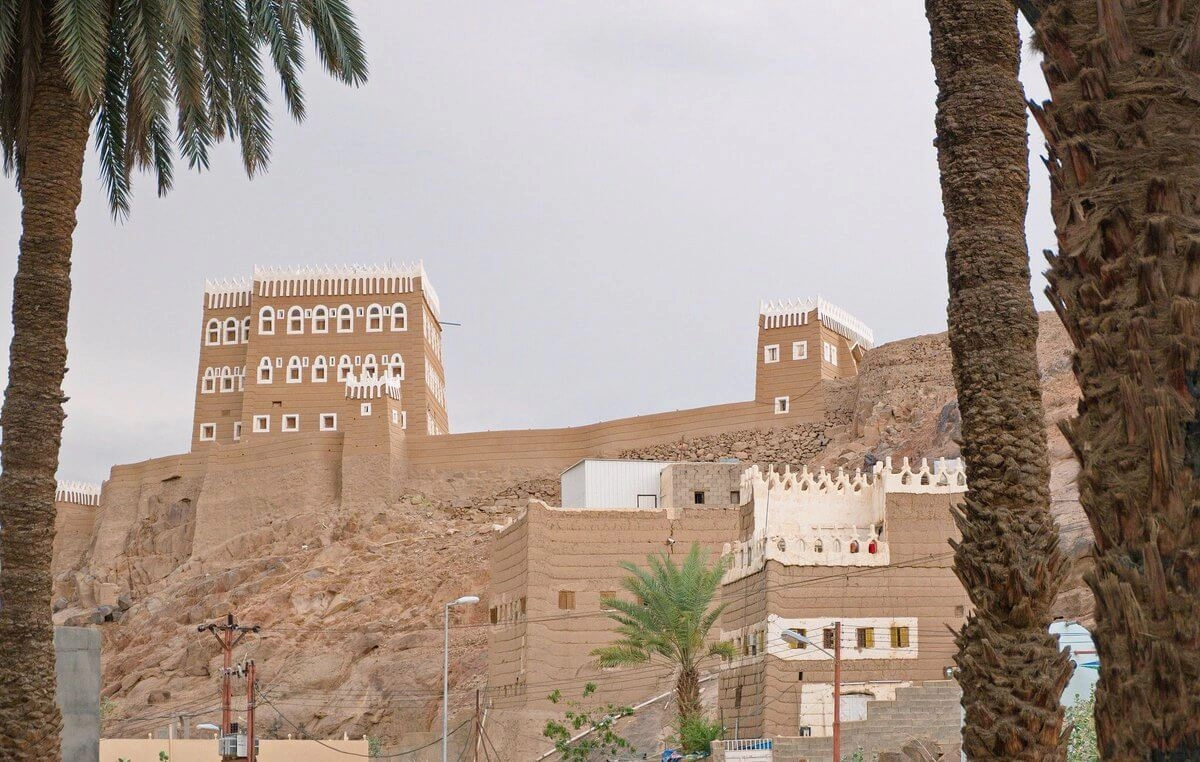About :
The city of Al-Ukhdud in the Najran region has a history dating back to the Al-Himyarite Kingdom. It was once knowns Raqmat, and it is one of the most important and well-known historical cities, going back to the year (110 BC and till 525 AD)
It is particularly notable for its strategic location, as it sits on the fringes of the city and valley of Najran, which is located in the Kingdom of Saudi Arabia. The most notable feature of the city is the massacre that occurred there in the year 520 at the hands of Dhu Nawas, the Himyarite king at the time, against the Christians of the Al-Ukhdud area, which was described in the Holy Quran.
Description of the city of Al-Ukhdud (Najran)
The city was established in the shape of a square, with a 4 square kilometres size, and it is also located in the southern belt of the Najran Valley, around 25 kilometres from Najran.
It is located between the villages of Al-Qabil and Al-Tajruba, and the area of Al-Ukhdud was excavated at about the end of the twentieth century and many historical and archaeological pieces were discovered, as well as Graves and burials, some of which date back to BC, others also belong to the Islamic period.
A mosque from the first Hijri century has also been uncovered in the northern section of the city, as have several archaeological manuscripts and writings from the period of the kingdoms of the southern Arabian Peninsula.
But when you visit the city of Al-Ukhdud now, you will not find any remains of its houses except the foundations and walls. You will also find huge pieces of stone, many remnants of the old market area, and a number of potteries belonging to this area as well.
Gold, copper, and silver jewellery has also been discovered. When you visit the region, you will notice that it is surrounded by a stone fence that has been ornamented from above, as well as the existence of a number of Arak trees that can be found after going through the fence's gate. Following that, there are charred bone fragments in the ash, as well as the ruins of a castle with wall inscriptions, people's names, and humanitarian and animal paintings.
The ruins of Al-Ukhdud in Najran
1. Stone millstones: it is a large-sized Mill made of granite material and was used in the old days to grind grain, as it is located northeast of Al-Ukhdud area where the Old Market was.
2. A pottery jar filled with silver coins: the title "Treasure" has been given to it and this discovery is the rarest and the first of its kind in the Arabian Peninsula region, as it dates back to the first century AD, and this is during the reign of Al-Qataban King Yadaa' Abin
3. Metal plates: on which there are inscriptions and religious phrases written in the southern predicate font
4. Stone obelisk: many religious phrases and writings were also found inside the fort within a group of stone tablets
● Mabakher: a number of incense burners were found, which were carved from granite, and a number of different names of incenses were recorded on them
● Pottery pots
● There are also manifestations of animals' heads expressing the carnages back then.
● Statues
● A mosque has been discovered since 1417 Hijri, where construction dates back to the first century Hijri
The remaining ruins of Al-Ukhdud in Najran
When you visit the southern site in Al-Ukhdud, you will discover fragments of ancient monuments and palace walls, as well as building ruins carved with artistic drawings marked by their brilliance, and there are Kufic, Sepia, and Minaean inscriptions on them.
 العربية
العربية الصينية
الصينية